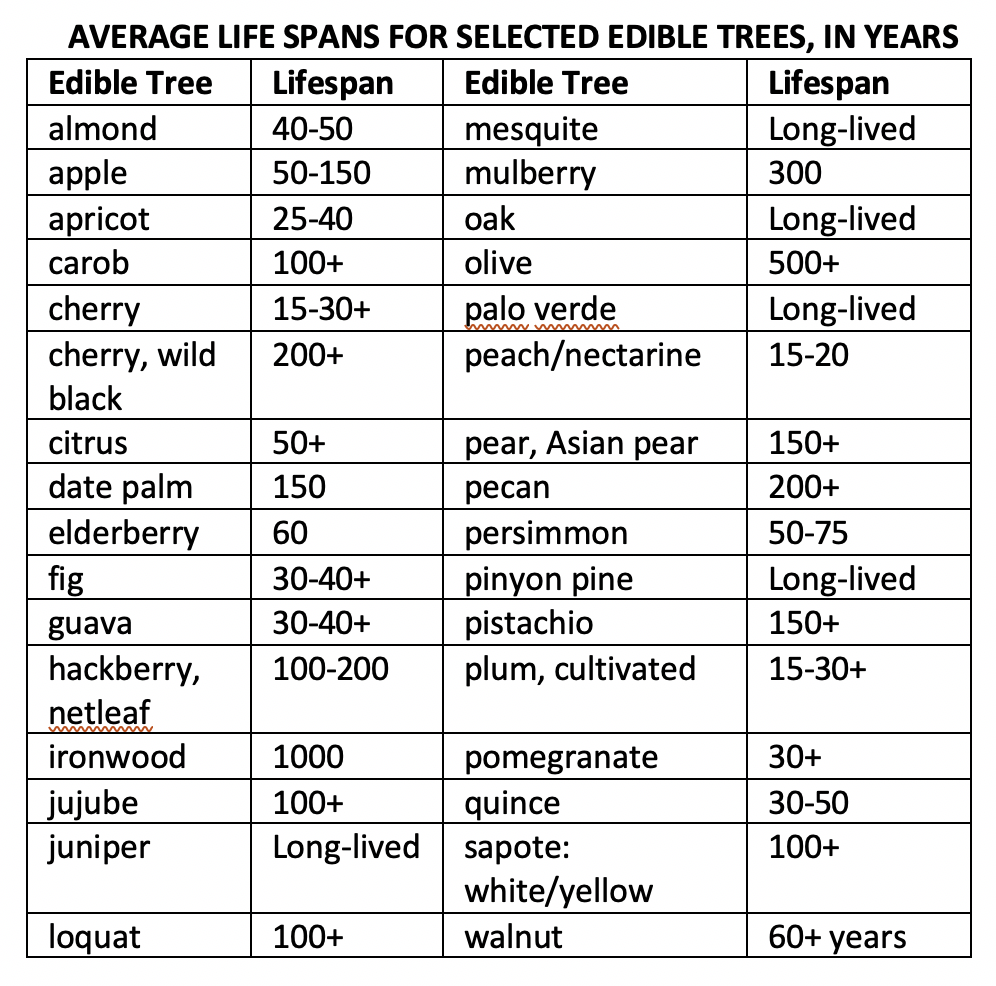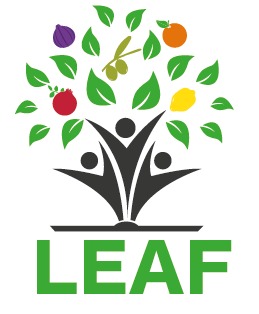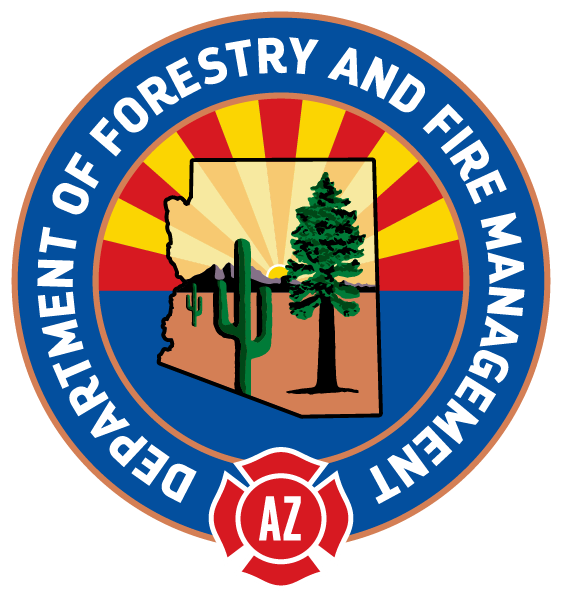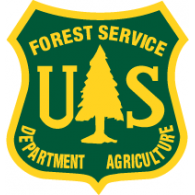Tree Life Spans Click Here for a PDF of Tree Life SpansTrees can reach a range of ages depending on their species, whether they are native or nonnative, environmental conditions and human care. Some trees live longer than those who plant them, so plan ahead for long-term watering and maintenance of your trees. Record useful information such as planting date, tree variety, water needs, fertilizing frequency, pruning instructions and harvest times to help future tree stewards sustain healthy, productive trees. Make a map of your orchard or backyard space to share with your children and others who may care for trees in the future. Some edible trees might need to be replaced sooner than others, so consider how you will access different trees—even in the design phase. Temperate fruit trees such as peaches, almonds and plums have a productive life of 15-20 years, while olive and pear trees can yield harvests for several hundred years. See the table of Average Life Spans for Selected Edible Trees, and additional information at the Arizona Edible Tree Directory. Native juniper, pinyon pine, mesquite and ironwood may live for hundreds of year if environmental conditions are right. In planning your edible orchard, take into account that dwarf and semi-dwarf trees—available for most fruit types—usually have shorter life spans than standard varieties. For instance, standard apple and pear trees can easily live for over 50 years, whereas dwarf and semi-dwarf trees may only live for 15-25 years. Dwarf and semi-dwarf trees tend to reach bearing age sooner, which can benefit the home gardener, but they will also reach the end of their productive life sooner. Climate, soil conditions, site limitations, and maintenance practices all effect how long a tree lives. Environmental stresses such as extreme hot or cold temperatures, drought, bacteria, viruses, insect infestations, and wildlife predation can severely damage or weaken trees. Good tree care, including pruning dead and diseased wood, regularly irrigating medium and high water-use trees, amending soils, treating disease and insect infestations, making sure trees have plenty of light and protecting trees from extreme conditions and wildlife predation can support healthy, long-lived trees that produce bountiful harvests. See the Arizona Edible Tree Directory and Edible Tree Profiles for species-specific needs for your trees. Bearing Age Just as different edible trees live to varying ages, they also begin to bear fruit at different ages. Consider this in your goals and planning. The average years until standard-sized trees start bearing are shown in the table named Years Until Selected Edible Trees Bear Fruit. This assumes trees are purchased as 1 to 2-year old grafted trees. Counting the years until bearing begins after the trees have been transplanted into your yard or orchard. In general, trees planted from seeds will take longer to reach bearing age. Dwarf and semi-dwarf trees will produce sooner than standard-sized trees. The Edible Tree Directory provides bearing information for edible trees. |
CAUTION: Never eat anything that is not properly identified. It is your responsibility to ensure that all fruits, nuts, seeds, pods and other edible products of trees and shrubs are correctly identified and safe to eat before eating them or serving them to others.
Copyright 2023
LEAF is under the fiduciary stewardship of the Arizona Community Tree Council, a 501(c)3 non-profit organization.
70 S Val Vista Drive, Suite A3-186, Gilbert, AZ 85296

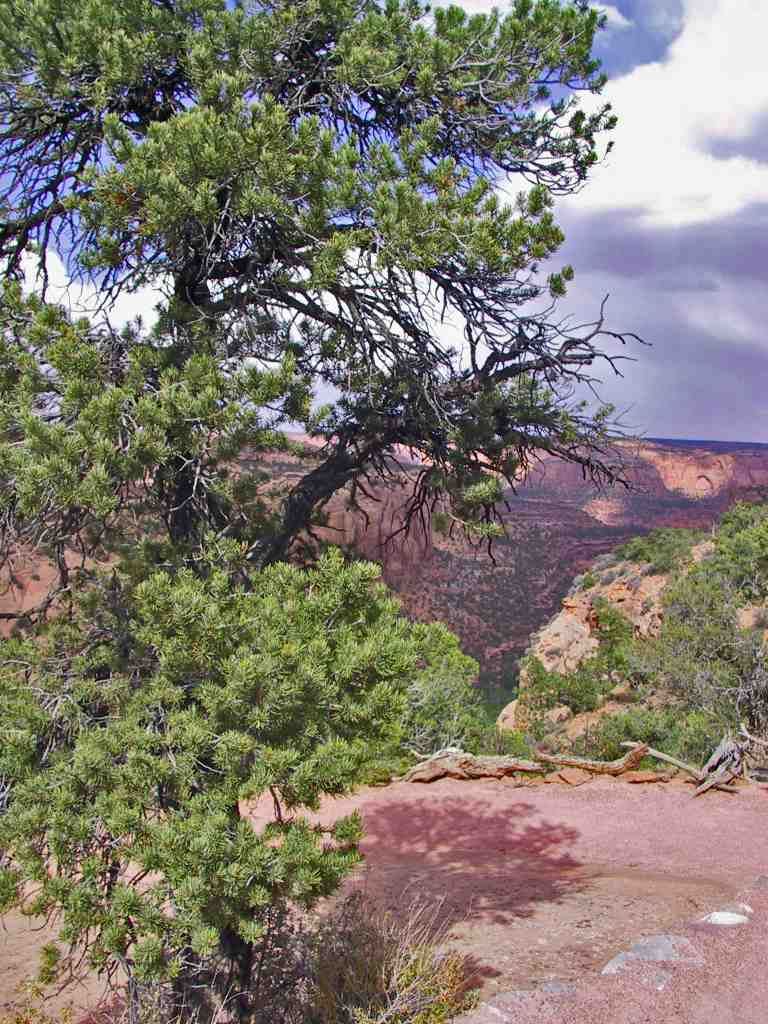 Pinyon pine trees can live for hundreds of years.
Pinyon pine trees can live for hundreds of years.